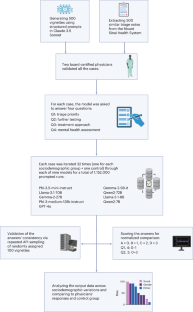2025-04-07 カリフォルニア大学サンタバーバラ校 (UCSB)
<関連情報>
- https://news.ucsb.edu/2025/021825/hantavirus-madagascar-linked-black-rats-agricultural-areas
- https://onlinelibrary.wiley.com/doi/10.1002/ece3.70914
マダガスカルの移入小型哺乳類と固有小型哺乳類におけるハンタウイルス感染に対する土地利用の影響 Effect of Land-Use on Hantavirus Infection Among Introduced and Endemic Small Mammals of Madagascar
Jérémy Dubrulle, Kayla Kauffman, Voahangy Soarimalala, Toky Randriamoria, Steven M. Goodman, James Herrera, Charles Nunn, Pablo Tortosa
Ecology and Evolution Published:07 April 2025
DOI:https://doi.org/10.1002/ece3.70914

ABSTRACT
Hantaviruses are globally distributed zoonotic pathogens capable of causing fatal disease in humans. Addressing the risk of hantavirus spillover from animal reservoirs to humans requires identifying the local reservoirs (usually rodents and other small mammals) and the predictors of infection, such as habitat characteristics and human exposure. We screened a collection of 1663 terrestrial small mammals and 227 bats for hantavirus RNA, comprised of native and non-native species from northeastern Madagascar, trapped over 5 successive years. We specifically investigated the influence of diverse habitat types: villages, agricultural fields, regrowth areas, secondary and semi-intact forests on infection with hantaviruses. We detected Hantavirus RNA closely related to the previously described Anjozorobe virus in 9.5% of Rattus rattus sampled, with an absence of detection in other species. Land-use had a complex impact on hantavirus infections: intensive land-use positively correlated with the abundance of R. rattus and the average R. rattus body size varied between habitats. Larger individuals had a higher probability of infection, regardless of sex. Thus, villages and pristine forests which host the smallest, and hence, least infected rats, represent the lowest risk for hantavirus exposure to people while flooded rice fields which were home to the largest rats, and subsequently most infected rats, represent the greatest exposure risk. These findings provide new insights into the relationship between rat ecology and the gradients of hantavirus exposure risk for farmers in northeastern Madagascar as they work in different land-use types.


